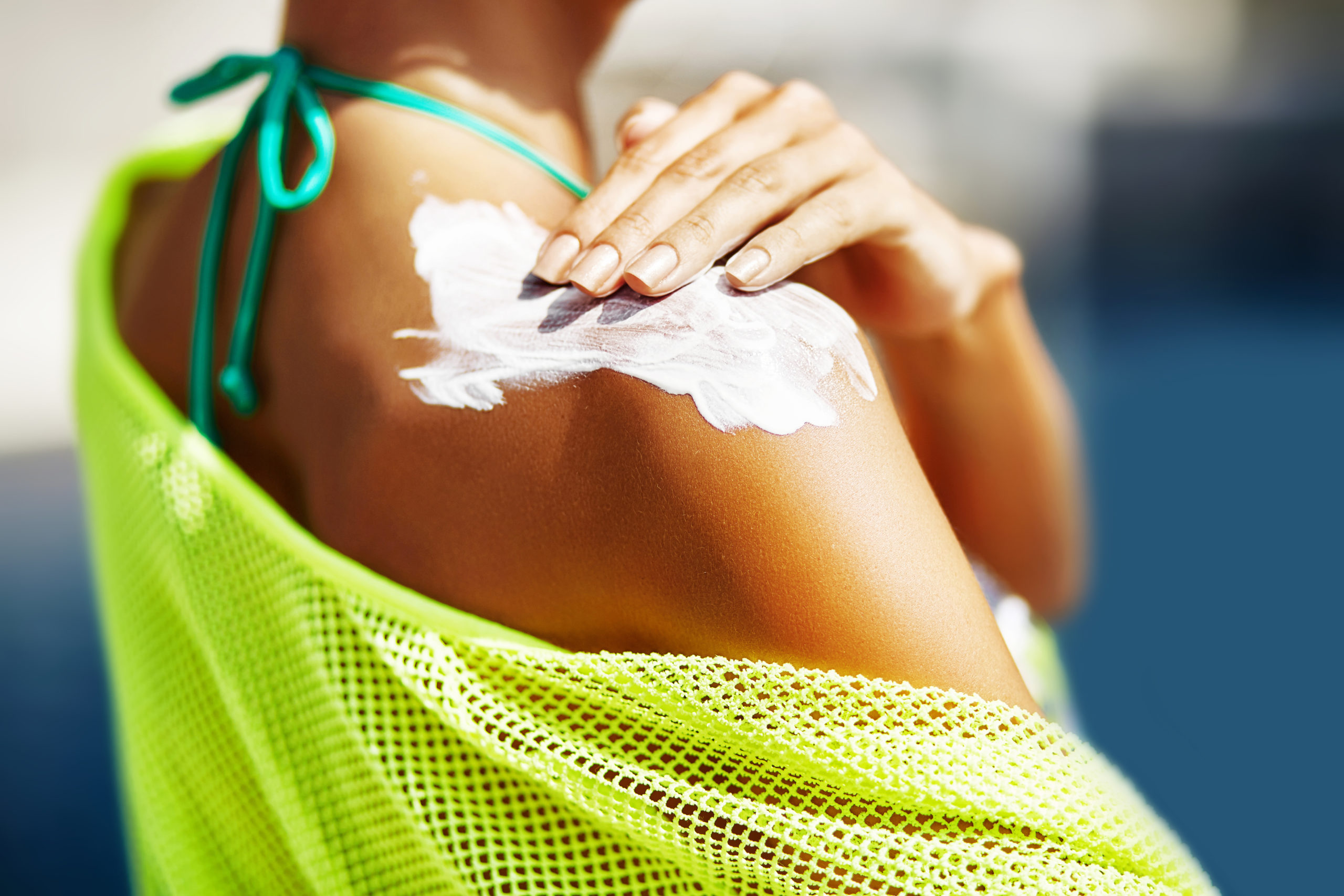
For adults and kids alike, when you’re ready to head outside and enjoy time by the water or go on a nice walk, stopping to apply sunscreen feels like just another step between you and fun. But considering skin cancer is the most common form of cancer, pausing to apply (and reapply) sunscreen is worth it.
Each year, 5.4 million Americans will be diagnosed with skin cancer, with one in five being impacted at some point in their lifetime. That’s more than all other forms of cancer combined. Exposure to ultraviolet rays can also weaken the immune system, which we’re all focused on keeping strong during the COVID-19 pandemic.
Practicing sun safety is a topic often discussed during annual physical exams and full skin examinations. From what to look for on the label to how often to reapply, let’s shed some light on the most frequently asked questions about sunscreen.
What is it about the sun’s rays that make them dangerous?
Sun damage to the skin is caused by ultraviolet (UV) light. There are three main types of UV light: UVA, UVB and UVC. UVC rays are less likely to reach the ground and, thus, are not the main cause of skin damage. UVA rays are most likely to cause damage associated with wrinkles, while UVB is the sunburn culprit, putting you at higher risk of skin cancer.
You want to look for “broad spectrum” protection on your sunscreen label. This means the sunscreen is proven to protect against both UVA and UVB rays.
What kind of damage does sunlight cause?
UV rays cause the majority of skin cancer. The damage to your skin builds up over time, so it’s important to start sun protection habits early in life. A childhood sunburn can contribute to your skin cancer risk factor decades down the road.
UV rays cause aging of the skin, from wrinkles to liver spots, and impact your eyes, putting you at risk for issues like cataracts. UV radiation also weakens your immune system. For all of these reasons, preventing sun exposure in the first place is the best rule of thumb.
Avoid direct exposure when rays are the strongest, between 10 a.m. and 4 p.m. Stay in the shade and wear protective clothing with a tight weave that cannot be seen through when held up to light. Don’t forget a broad-brimmed hat.
What does the SPF on sunscreen mean?
SPF stands for “sun protection factor,” while the numbers measure the amount of UV radiation exposure it takes to cause sunburn when sunscreen is used compared to not used. For example, if a sunscreen is rated as SPF 15, that would mean it takes 15 times longer for the skin to burn than if not using the sunscreen. Within the SPF scale, higher levels of SPF filter out a higher percentage of the sun’s rays. SPF 15 guards against about 93% of UVB rays, while SPF 100 blocks 99%.
Only products that provide broad spectrum protection and with a minimum SPF of 15 have been shown to reduce the risk of skin cancer and early skin aging caused by the sun. Other sunscreens have only been demonstrated to help prevent sunburn and not specifically skin cancer and the signs of aging skin, such as brown spots, fine wrinkling, loss of elasticity and roughness.
Does the ingredient list on my sunscreen matter?
There are two different kinds of sunscreen you can look for based on ingredients. Physical, or mineral sunscreen, works to block radiation. These contain zinc oxide and titanium dioxide, the only two active sunscreen ingredients deemed safe by the Food and Drug Administration (FDA).
Chemical sunscreens absorb UV rays and contain a variety of ingredients not approved by the FDA. Though mineral sunscreens tend to underperform compared to active chemical agents, the risk of using them can outweigh the reward.
Does sunscreen expire?
Yes! You can check the expiration date on the bottle, but sunscreen will expire after two to three years. However, how you store your sunscreen can cause it to become less protective even sooner. Exposing it to high temperatures or leaving it in your hot car can hasten the product expiration.
Does sunscreen have to absorb into your skin?
Applied correctly, you can think of sunscreen like your suit of armor as it works to reflect or absorb the radiation before it reaches your skin. Those ingredients need time to set up and absorb.
Apply sunscreen 15 to 20 minutes before you head outside, to get the best protection. Shake the bottle to distribute the active ingredients evenly. For lotions, use a shot glass full to cover your face, neck, trunk and extremities. When using sprays, apply it to your face by spraying on the hand and then rubbing it in. For the rest of the body, apply as much as can be rubbed in, then repeat. Uneven application with sprays results in areas of sunburn.
Make sure your eyes and lips are also part of your sun protection routine. A lip balm with SPF and sunglasses that block against UVA and UVB rays are key components of full body protection. Wrap-around sunglasses can also prevent rays from sneaking into your eyes from the side.
How often should I reapply?
If you’re spending a longer amount of time in the sun, plan to reapply sunscreen every two hours and immediately after getting out of the water or sweating.
From sunscreen to diet and exercise, building a relationship with a trusted primary care physician and a dermatologist who specializes in skin, hair and nails means you’ll have the experts on your side to keep you healthy. Due to fear around COVID-19, many people are putting off their regular doctor visits. As organizations like Tryon Medical Partners take measures to make their offices as safe as possible and offer virtual visits, the real danger is in skipping your appointments.

